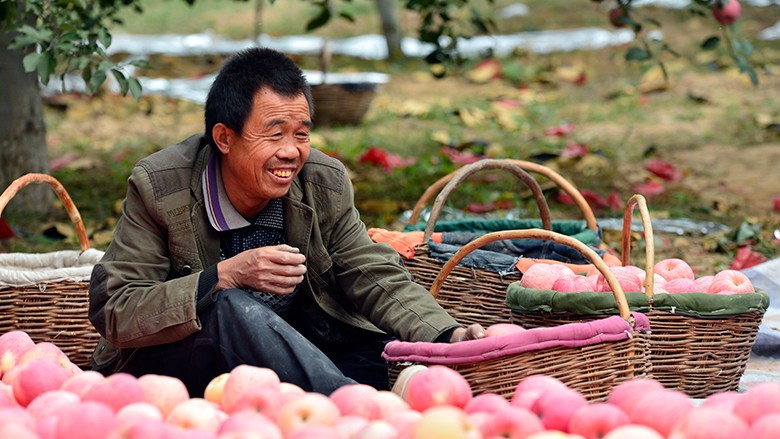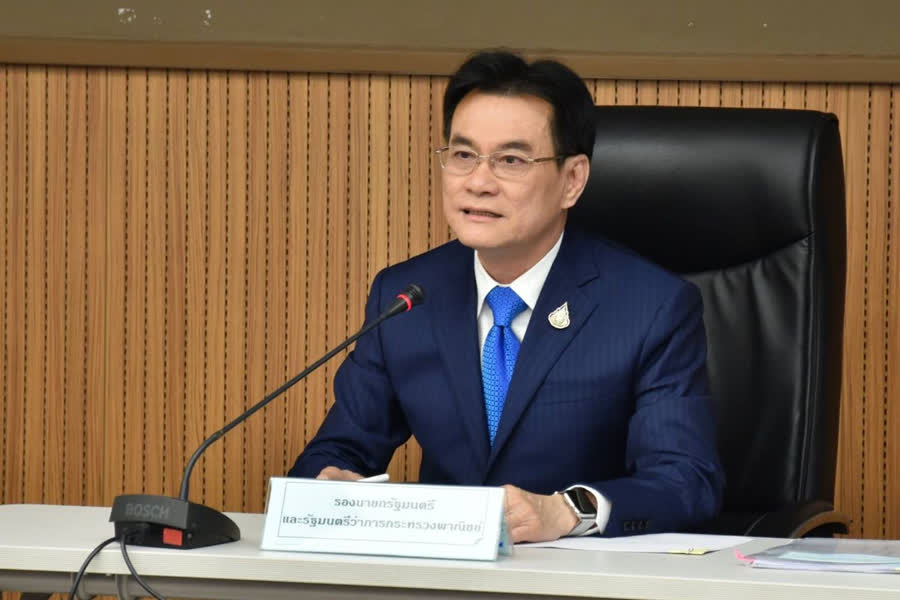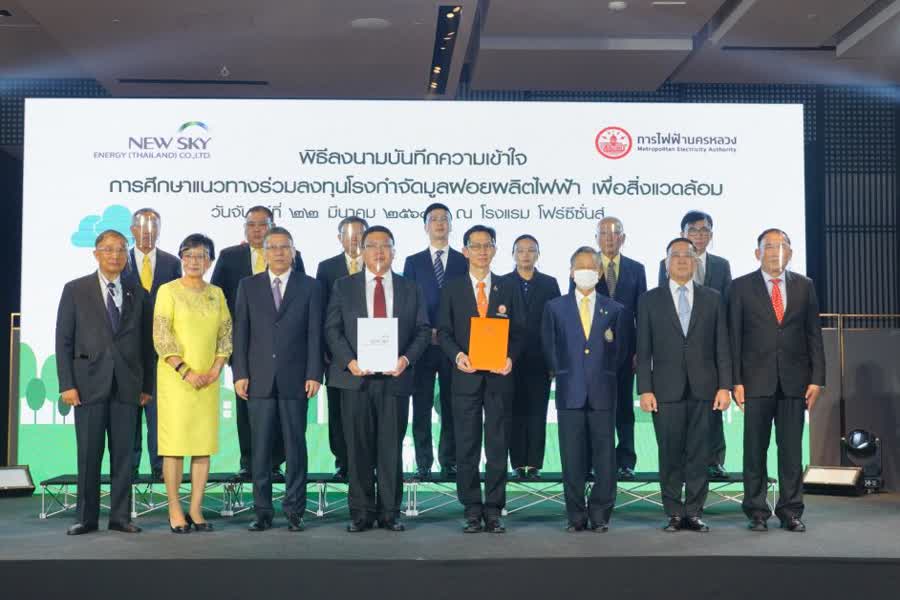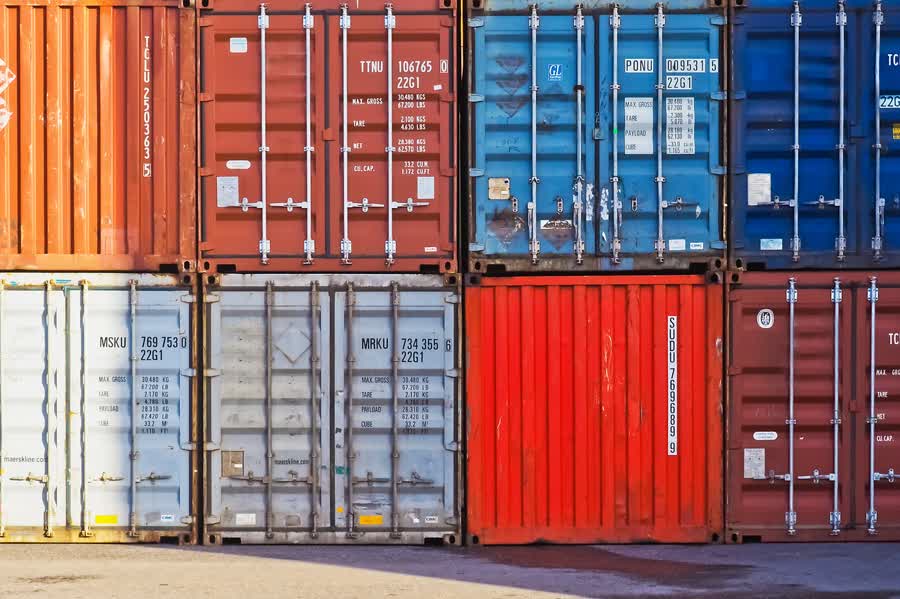Economics
中国减贫成就、挑战与展望

This blog is the first piece of a series produced to commemorate End Poverty Day (October 17), focusing on China – which has contributed more than any other country to global poverty reduction – and its efforts to end extreme poverty by 2020.

China’s success in poverty reduction has attracted worldwide attention. In 1982, China launched the “Sanxi Program” in the poorest regions in Gansu and Ningxia, marking the beginning of planned, organized and large-scale poverty alleviation efforts nationwide. In 1986, the government established the State Council Leading Group of Poverty Alleviation and Development, identified poor counties, set a national poverty line, and created special funds for poverty alleviation. In 1994, China launched the Seven-Year Priority Poverty Alleviation Program that was designed to lift 80 million people out of absolute poverty within seven years from 1994 to 2000. In 2001 and 2011, two ten-year poverty alleviation programs were launched to continue the war against poverty. During those three decades, the number of poor people fell sharply, and living conditions and access to public services improved markedly in the poorer regions.
Between 1978 and 2010, the number of poor people in China fell from 250 million to 26.88 million measured with the 1986 official poverty line. Measured with the 2011 poverty line, the number of poor people fell from 165.67 million in 1978 to 55.75 million in 2015. Between 1981 and 2011, the global poor population fell from 1,938 million to 1,011 million measured at US$1.25 a day, with 927 million people lifted out of poverty. In the same period, the number of poor people in China fell from 838 million to 84.17 million, with 753 million people lifted out of poverty.
China became the first developing country to achieve the first Millennium Development Goal of halving poverty. Between 1990 and 2011, China lifted 439 million poor people out of poverty, contributing significantly to global poverty reduction. With continuous increase in grain production for 11 years since 2004, China has been able to feed nearly 20% of the world’s population with less than 10% of world’s cultivated land.
In the same period, per capita incomes among rural farmers increased rapidly. Since 2001, per capita rural net incomes in poverty-stricken counties have increased faster than the national average. Rural infrastructure and public services have improved markedly, including electrification, universal access to compulsory education, rural minimum living standards guarantee scheme, and new rural cooperative medical care.
The country’s poverty reduction offers lessons for other countries. China has carried out poverty reduction in a globalized context, driven by fast economic growth and focused on building poor people’s capacity for self-development. Its approach combines government leadership and support from all social sectors with farmers playing a major role, and integrates general and special favorable policies, poverty alleviation programs and social safety…
Economics
National News Bureau Of Thailand

BANGKOK (NNT) – The Commerce Ministry has launched measures to increase rice exports to 6 million tons this year, valued at around 150 billion baht, with Indonesia, China, Bangladesh and Iraq set to be the main markets under government-to-government (G2G) deals.
Commerce Minister Jurin Laksanawisit said G2G deals and a campaign to make Thai rice more recognizable around the world will spearhead efforts to increase the export volume from last year’s 5.7 million tons.
He said the ministry is working with the Thai Rice Exporters Association to promote Thai rice under the “Think Rice, Think Thailand” campaign, adding that Thailand successfully made Thai rice become better known in Canada, increasing its exports to the country by 21% to 120,000 tons last year.
Mr Jurin said one of the distinctive characteristics of Thai rice is its very low sugar content. This would make it the preferred choice among Canadians as 28% of the Canadian population has high blood sugar levels.
Economics
Bangkok Metropolitan Energy Authority (MEA) partners with Chineses owned Newsky Energy (Thailand) Company

The MEA has signed a Memorandum of Understanding with private firm Newsky Energy Thailand on co-investment arrangements for waste-to-energy power plants in the Nong Khaem and On Nut districts of Bangkok, a project costing about 10 billion baht.
MEA Governor Kirapat Jiamset, said today that each of the waste-to-energy plants will have a generating capacity of 35 megawatts of electricity using 1,000 tons of waste as fuel each day.
Mr Kirapat said the two power plants will be introduced along with the smart grid system, which allows communities in service areas to receive power entirely from these plants, independent of the main power lines.
New Sky Energy Thailand CEO He Ning said the company has been working with the Bangkok Metropolitan Administration to operate a waste-to-energy incinerator at Nong Khaem dump, which converts 500 tons of garbage into electricity each day.
Operating since 2016, Mr Ning said the incinerator has been continuously feeding electricity to the MEA, with systems in place to take care of the environment and nearby communities.
The proposed new waste-to-energy plants are currently in the public consultation process. The construction of these projects is expected to commence later this year, and come online in the electricity grid in 2024.
According to the Department of Business Development, Newsky Energy (Thailand) Company Limited is currently registered as an electric power generation and transmission company in Thailand. The company is 100% owned by Chinese investors and reported a -7.25% net profit in the fiscal year 2019.
Economics
Thailand sets export growth target at 4% for 2021

BANGKOK (NNT) – Thailand has seen export growth of 0.35 per cent in the first month of the year. The Commerce Minister has ordered the Department of International Trade Promotion to advance an action plan to accelerate growth, which is set at 4 per cent this year.
(more…)





